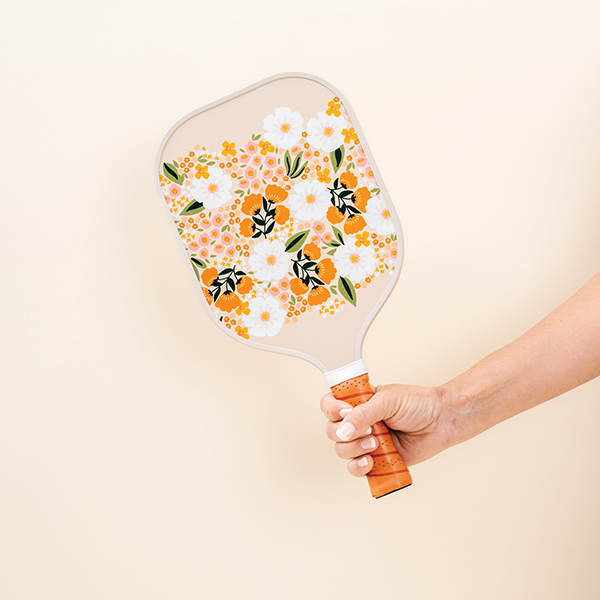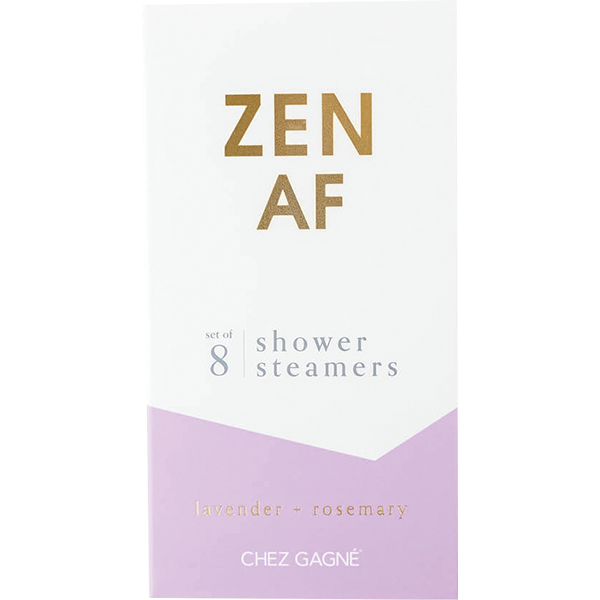Display Inspirations: Sign of the Times
The core tenet of a successful specialty retail business is providing customers with high-quality products in a convenient and accessible location. Retailers have a desire to maximize their store layouts and display space to optimize profits, inventory, and customer shopping experiences. But one area often overlooked is signage — including the typography used — which can help you communicate efficiently and effectively to your customer base.
According to Terrance Weinzierl, type designer working with Monotype, signage can make a big impact in the retail environment, and can be more than about price or description. “It’s another branding experience opportunity,” Weinzierl said. “Design wise, you can use signage to contrast or harmonize with the products. Is it the same color and texture as the product packaging? Does it serve to further inform the person, by examples of how it’s used or worn or eaten? It could also be a way of highlighting a higher-margin item.”
Merchandising and point-of-purchase displays also play a critical role in establishing an emotional connection with a brand and helps persuade impulsive buying decisions by customers. “With over 40,0000 consumer products introduced each year, displays have an essential role in making a brand stand out amongst the visual clutter and drive sales at the store level,” said Brian Adducci, design principal at Capsule, a brand design firm in Minneapolis.
When you come to smaller applications — countertop, shelf-talkers, bin signing, racked signing, window dressing, display signing — keep the look of your signing treatments disciplined. Tim Girvin, owner of Girvin, a design firm in Seattle recommends gift shop retailers create a system and stick with it.
“That’s where design comes in — the whole experience of your shop has a storytelling style,” Girvin said. “What’s your style? Keep the design thinking unified throughout.”
Elements to consider
When Girvin counsels shop owners about their experiential retail strategy — like signage — it’s all about taking a holistic approach. “You’ve got a point of view about your gifting curation; you’ve collected things to make a statement about who you are, why you’ve collected them, and the community of friends and customers that gather around to purchase them,” he said. “So, starting there — what’s your brand? And how, stylistically, is that framed into your logo, and then how does that work into the signage program used in your store?”
The graphic elements to consider with signage of all sizes and uses involve contrast. Is it visible and comfortable to read? The size of type and the viewing distance are interrelated. If the viewing distance is 150 feet, the letters might need to be one foot high. But if your viewing distance is six feet, it can be smaller.
Also, be sure to keep display signage and overall store signage simple and fast. As Girvin explained, your signage starts in the front with a logo, then it moves to poster signing, carrying on the thematic strategy of the campaign, then it becomes shelf-talkers and merchandising elements that carry it through.
“When I think about retail signs, I think about sign painting. It’s usually typographically focused, with decorative elements accenting the letters. Simple is better most of the time,” said Weinzierl. “If it is too busy with ornaments or icons, it will read slower because there is more information for the reader to scan. Pay attention to how large retailers handle signage, look for things that they are doing right or wrong.”
The role of typography
Signage, whether display signage or way finding systems are mostly about typography, which is the visual component of the written word. Just like a photograph or illustration, type conveys a certain mood or personality that helps create harmony and continuity.
Choosing a disciplined font or typography system is important. It can have a big impact on the attitude and mood of a product or brand or display. Is it a serious and calm brand? Is it an exciting and loud brand? Is the copywriting funny or whimsical? Typefaces can reinforce those attributes.
“Research shows that a brand has only four seconds to connect to the shopper before they move on,” Adducci said. “Clarity and simplicity are critical in today’s retail environments. Stick to one or two fonts on the display to keep your shoppers’ attention. Establish a clear hierarchy through the use of type size, kerning, leading and bullets. A well-designed hierarchy will move the shopper quicker to the moment of purchase.”
Typographically, signage is also about reading quickly for way finding. Some typefaces, like a bouncy connecting script, take longer to read so they probably aren’t suited to signage. Again, simple is better in most cases. And don’t use that pencil thin weight, it might not offer enough contrast to be read from a distance.
Girvin stresses that retailers need to think of typography as a core statement of your style. Don’t use fonts that will denigrate your brand, like commonly used knock-off, low-brow typographies.
“An undisciplined signage and typography system will present a chaotic view of messages, wayfinding, and incohesive experience management for your customers, your employees and you.”
And remember that poor execution of display and overall store signage can have a detrimental effect on your business. If you can’t construct well-made signing applications yourself or through vendors, then don’t do it.
“There is nothing worse, or more alienating, for a shop visitor to come into a place that has signs that are falling out of their stanchions, stained or damaged signing, signage that is ineffectively directional, or signage that is dangerous,” said Girvin. “Keep things fresh, appear active — like things are happening. Core basic signing could be tuned every couple of years for a refreshment of the interiors. Promotional messaging, display, and sale strategy signing should be constantly evolving.”






















